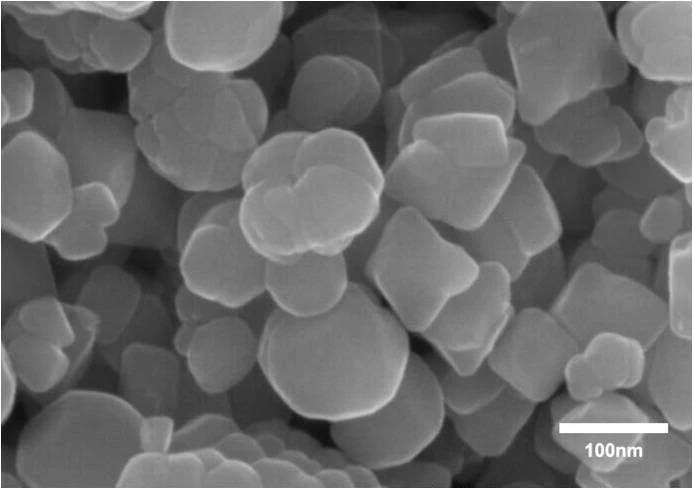Iron nanoparticles are majorly used in the modern medical field; it is an acceptable solution to treat tissue repair, hyperthermia, and cell separation procedures. It is advantageous for drug delivery and eliminating industrial sites that are soiled with chlorine compounds. Their successful application helps you to transfer the drug from one place to another, functioning as a dedicated potion carrier. Further, their utilization is also admired in textile industries, coating nanowires, etc. The basic ideology of putting iron nanoparticles into use is to maneuver them as a catalyst and take advantage of their magnetic data force for MRI scans and other laboratory experiments. Since iron, when combined with oxygen, forms iron oxide, it is added in coating colors, which are used in painting walls and concretes.
While these nanoparticles share a definitive history of aiding the biochemical industry for numerous years, they make human life easier by redirecting scientific experiments and treatments for commercial and industrial purposes. It is, by far, the most current transiting compound that forms a crucial part of our modern-day infrastructure and forces dependency as it is very cheap.
Uses Of Iron Nanoparticles In Various Professional Fields
Iron nanoparticles have earned the admiration of being a unique compound that lays a foundation for the various physical, technical, and medical practices that would otherwise be less applicable. A few industries and professional fields do take (Fe NN) into consideration to simplify their research and accelerate the overall development.
Medical Field- With the need to overcome chronic medical ailments, researchers made use of iron oxide nanoparticles and established numerous functions to fulfill biological treatments, such as performing MRI body scans, cell therapy, etc. The latest studies prove the application of Nanoparticles opened various new gates of opportunities for medical practitioners and bioscientists. Tissue repair and re-engineering were also a significant success with the help of iron nanoparticles as they amplified the image resolution and provided magnetic interaction to capture and comprehend the image further.
Environmental Science: Iron is most likely used in industrial areas to treat wastewater and clear hazardous ground waste. Significant research studies have proven that iron nanoparticles do come in handy to determine the contamination level and eliminate pollutant-occupied surfaces. These fundamental environmental issues are catered via nanoparticle science, so hazardous ground waste does not give rise to challenging situations in the near future. Nanoparticles also reduce the overall impact of contaminants, such as organic dyes, organochlorine compounds, inorganic solvents, etc.
Iron Nanoparticles As Drug Delivery System
Drug researchers often have thanked iron nanoparticles for their role as a controlled delivery system. They act as a carrier and have targeting abilities arising from their magnetic properties. These particles do function well in cancer ailments by putting into use iron nanoparticles. By understanding the basic structure-related properties of the nanoparticles, it becomes possible to add the required drugs and fulfill the delivery process to the target position.
With the growing need for expert ailment procedures and having only the best as a resort, iron nanoparticles have made this possible with their various properties, each fulfilling one or the other purpose for different professions.


